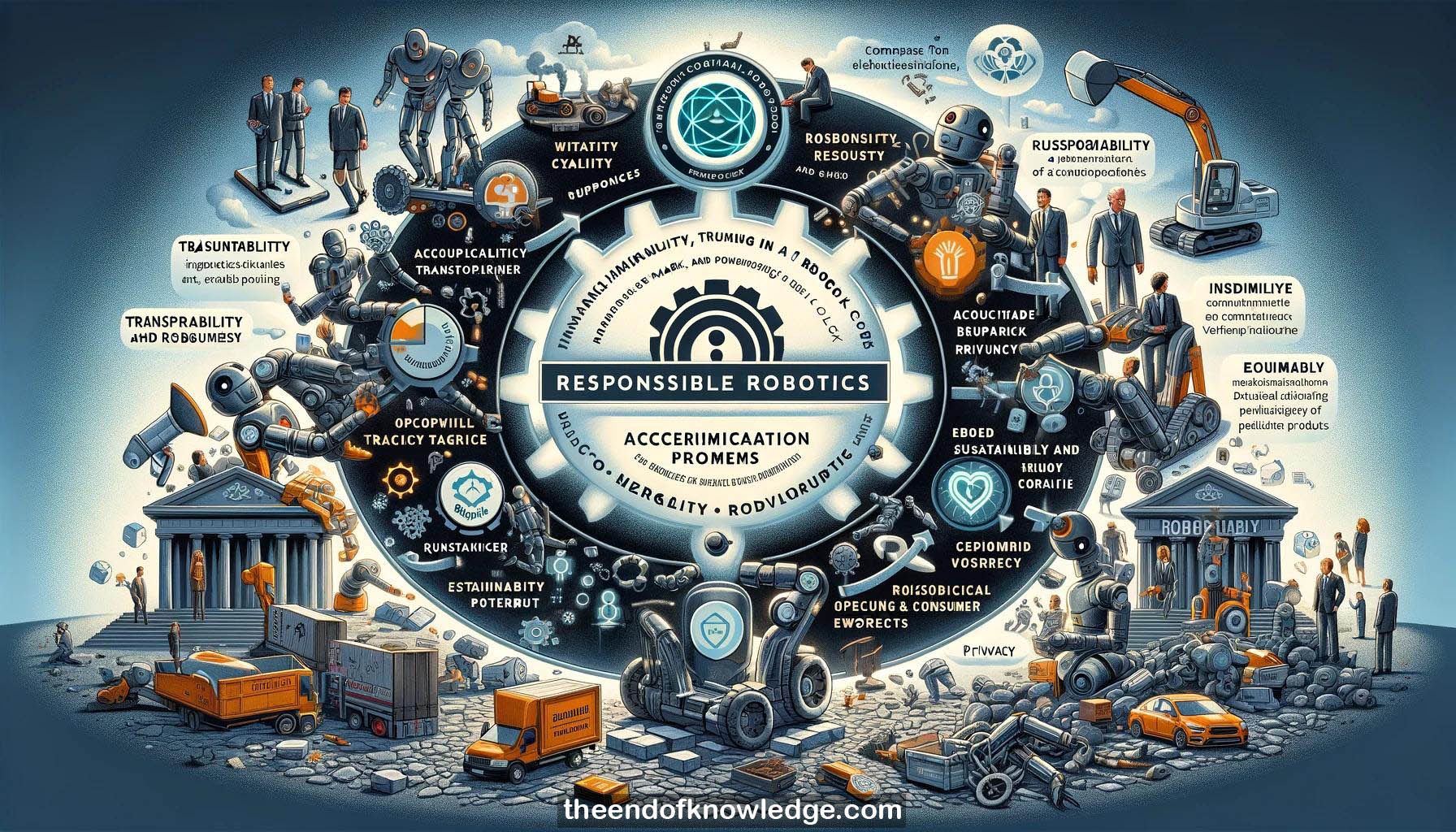 >
>
Concept Graph & Resume using Claude 3 Opus | Chat GPT4o | Llama 3:
Resume:
1.- The Foundation for Responsible Robotics brings together academia, industry, and policy makers to work towards a vision of responsible robotics.
2.- There currently exists a "vicious cycle" in the production, development and use of AI and robotics products.
3.- This cycle involves a lack of accountability from companies, lack of incentives to do better, and the creation of "bad products."
4.- Bad AI/robotics products contribute to eroding societal values like privacy and transparency. This disempowers consumers while companies retain the power.
5.- The Foundation aims to turn this vicious cycle into a "virtuous cycle" by creating incentives for companies to do better.
6.- They propose creating a quality mark or label for robotics products, similar to fair trade or rainforest protection labels.
7.- To earn the label, companies must go through a strict accreditation process evaluating factors like transparency, privacy, sustainability and fairness.
8.- This "opens up the black box", empowers consumers to make informed choices, and places accountability on companies to do better.
9.- Getting this established is a long and difficult process with many obstacles. The Foundation is making progress with Deloitte's support.
10.- They have created the assessment framework and have interest from robotics companies to participate in pilot programs for the label.
11.- The goal is to inspire new policies and regulations, not necessarily to make the label a regulatory requirement itself.
12.- This venue (the AI for Good Global Summit) is the perfect place to have this conversation as AI is advancing rapidly.
13.- Addressing this huge, fast-moving problem requires a multi-pronged approach including the label program, communication, branding and consumer awareness.
14.- Turning the tide requires support from companies, policy makers, customers, academics and everyone. The label is a starting point.
15.- Last year the interviewee spoke more generally about using ethics as a resource to steer AI development in a good direction.
16.- This year she is focused on transitioning from identifying issues to hardcore problem solving mode with the labeling initiative.
17.- She is becoming increasingly optimistic that AI/robotics can provide incredible societal benefits if developed in the right way.
Knowledge Vault built byDavid Vivancos 2024